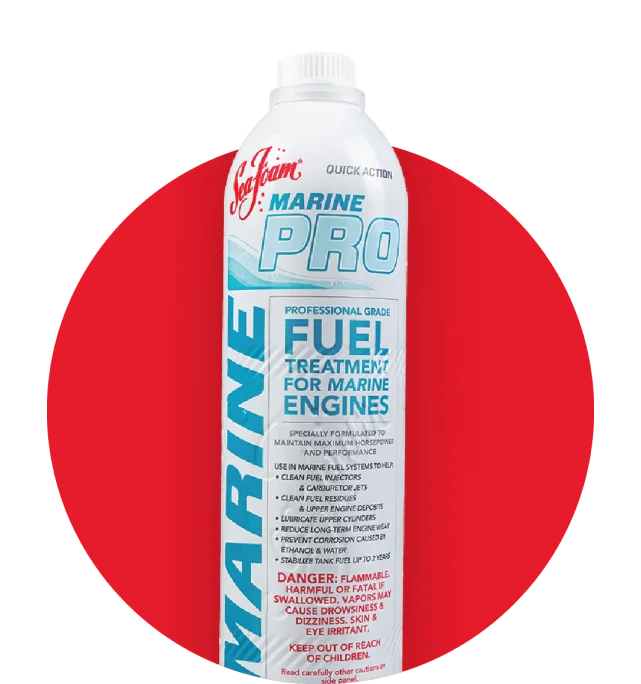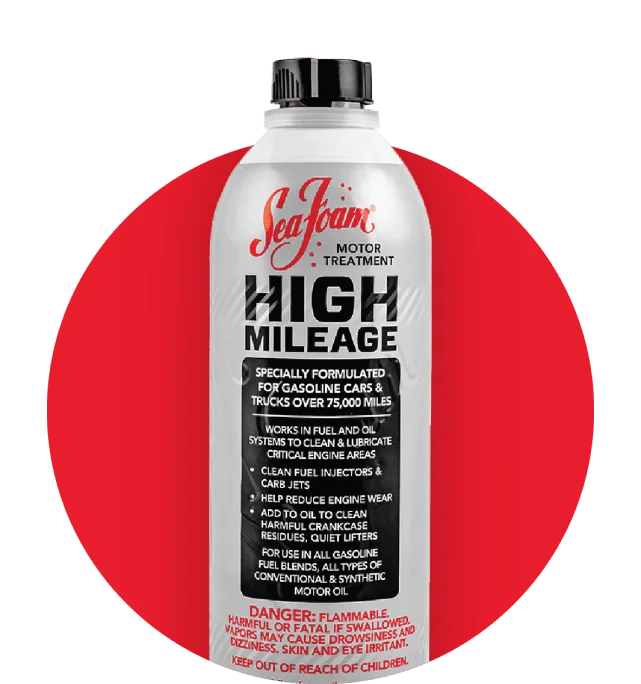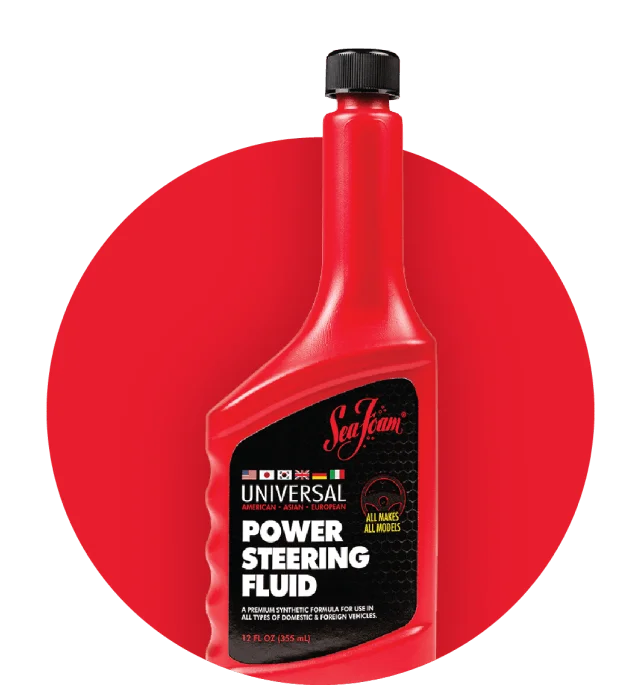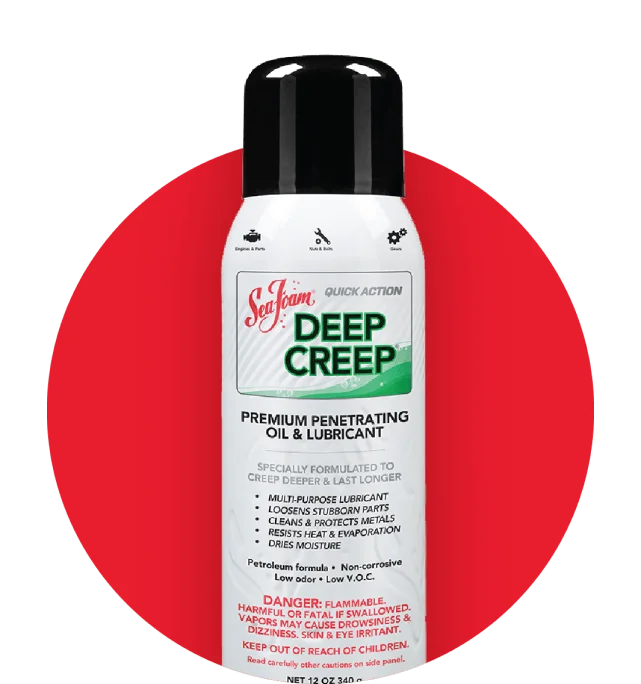SEA FOAM ANSWERS 10
BOAT MOTOR QUESTIONS
Although it can seem like bass fishing is a rich man’s game at times, it was refreshing to see how many blue-collared anglers embrace older boats and motors.
sea foam marine pro
This was particularly interesting to me since I run a 1999 bass boat paired with a 1998 outboard.
Although I’ve had great luck with my rig thanks to obsessive preventative maintenance, I started experiencing some age-related issues last year.
Thankfully, Sea Foam Marine PRO had just been released. I had used traditional Sea Foam for most of my life in small engines and what not; it’s what my dad always had sitting on the workbench in his shop. So with a high level of confidence in the brand, I decided to add some Marine PRO to my gas tanks.
By the end of the first day on the water, my motor was running like it did 10 years ago. That’s not some thinly veiled sales pitch, either. It was nothing short of amazing. My wife was in the boat with me and she could hardly believe the difference. Needless to say, since then I have been using Marine PRO nearly every time I put gas in my boat. It doesn’t choke itself out anymore, it stopped smoking and the hole shot is much quicker than before.
Now, I’m no mechanic and I won’t ever pretend to be.
why and how to use marine pro
When added to fuel, it works through fuel injectors and carburetors to safely remove harmful engine residues and deposits from fuel passageways, intake valves, pistons and chamber areas. A cleaner marine engine will start faster, run smoother, and last longer!
#seafoamworks
related
products
For motors of all shapes and sizes.




